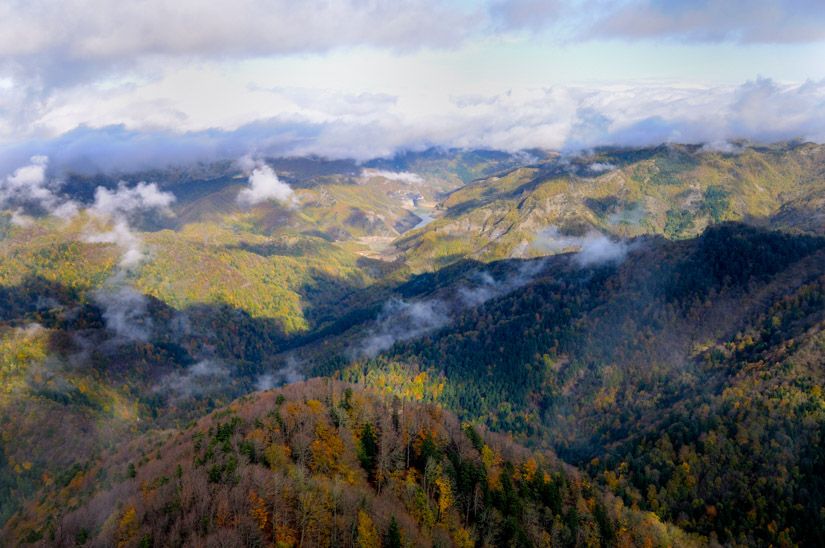Biodiversity conservation and the preservation of ecosystems and natural processes represent the main challenge of our time.
The acceleration of human activities in the incessant and indiscriminate use of natural spaces has caused and continues to cause a reduction in ecosystems, resulting in decreased biodiversity, habitat and species extinction, and increasingly marked alteration of the planet’s conditions.
In the belief that this scenario needs to be addressed, biologist and naturalist Edward O. Wilson has proposed a modern vision that, at times, may seem utopian: establishing a pact between humanity and nature to ensure the health of our planet for future generations. The goal is to leave half of the Earth under the protection of natural processes, thus ensuring the conservation of nature, while the other half is devoted to human activities. This proposal, known as “Half-Earth,” aims to mitigate the negative effects of human actions on our planet and confront the ongoing destruction, transformation, and simplification of ecosystems.
The outcome of human activities, which has reduced the vitality and the ability of ecosystems to maintain balance, is evident to all. Consider the rapid disappearance of primeval forests, not only in equatorial regions but also in boreal regions, and, increasingly, the alteration of climate conditions, with consequences on temperatures, precipitation, seasonal patterns, the intensity and distribution of weather and catastrophic events. These changes are strongly affecting the living conditions of our species.
In the face of this escalation, it is clear that the negative effects of human actions have primarily impacted forests, which are currently the most damaged habitats, especially due to deforestation, logging, and wildfires. The conservation of ancient forests, as true repositories of biodiversity, is, therefore, the most effective and economical solution to combat biodiversity loss and mitigate climate change, thanks to the ability of forests to sequester large amounts of CO2.
During the “Half-Earth Day,” an event that this year will be held via live streaming on the YouTube channels of the Casentino, Monte Falterona, and Campigna National Park and the University of Tuscia, there will be moments of reflection and discussion dedicated to the most plausible way out: rethinking land use to make room for nature, as an element of the intergenerational pact necessary for sustainable development, biodiversity conservation, climate change mitigation, and the maintenance of the precious ecological benefits of ecosystems.
